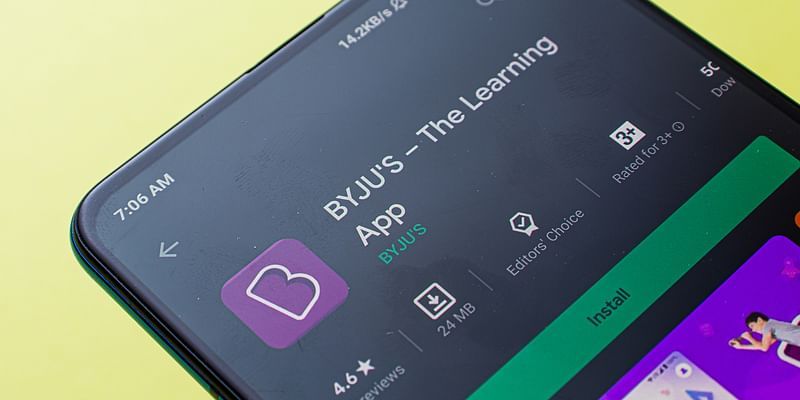6G technology: The next frontier in digital connectivity
The most anticipated 6G device has arrived! Four Japanese firms DOCOMO, Fujitsu, NEC, and NTT have developed the world's first-ever 6G prototype!
As we stand on the cusp of a new era in technology, the unveiling of the world's first 6G prototype device marks a significant milestone. With ultra speeds that promise to be 20 times faster than its precursor, 6G is set to revolutionise the way we interact with the digital world.
At its core, 6G represents the next generation of connectivity, offering unparalleled network performance indoors and outdoors. The Japanese firms that have been able to achieve this incredible prototype are certainly going to pave the way for the much anticipated 6G technology.
In this article, we have explored this exciting new wireless gadget and its features. So, read along to know more!
The world's first-ever 6G device is here

Four Japanese telecommunications companies, namely DOCOMO, Fujitsu, NEC, and NTT have jointly developed the world's first-ever 6G prototype device. These firms have been working on the research and development of sub-terahertz devices since 2021. On April 11th, the device was successfully tested, marking a significant milestone in the evolution of this technology.
As per a press release, it was disclosed that this high-speed 6G wireless gadget can transmit data at a speed of 100 Gbps up to a distance of 100 meters. To give it a perspective, the speed of this prototype is surprisingly 20 times more than its predecessor. Additionally, it is 500 times faster than the current 5G speeds, which is equivalent to transferring five high-definition movies every second.
The ultra-speed 6G prototype device achieved remarkable speeds of 100 Gbps on a 100 GHz band indoors and outdoors on a 300 GHz band at a distance of 100 meters (328 feet).
Challenges with 6G technology
6G technology operates at ultra-high frequencies between 100 GHz and 300 GHz, allowing for lightning-fast data transmission. In contrast, 5G devices rely on the millimeter-wave bands within the 24GHz to 40GHz range. It is important to note that 5G frequencies can be blocked by obstacles such as trees and walls causing disruption. Moreover, environmental factors such as wind and rain can further affect the data flow especially indoors.
This problem is likely to carry forward with 6G as well. However, one of the biggest roadblocks to the adoption of this technology is the 6G infrastructure and new wireless devices. As of now, the development of wireless devices that can support the 6G system is still in progress so it will take time before it reaches the public.
Is 5G and 6G safe for human health?
Ever since 5G was introduced, it sparked debates among several health experts on its impact on human health. While The World Health Organisation (WHO) and the Industry body Cellular Operators Association of India (COAI) have declared 5G to be safe, not all agree with these statements.
Scientists and doctors had signed a petition to halt the rollout of 5G citing cancer risks in the EU back in 2017. Despite the concerns, there is a lack of studies regarding chronic exposure to 5G systems and how it impacts the brain. Nevertheless, health bodies across the world have stated that 5G is not harmful.
The bottom line
The unveiling of the world's first 6G masterpiece heralds a new chapter in the history of wireless communication. When the final 6G product arrives, it will certainly be a game-changer having the potential to redefine how we communicate today.












![[Funding alert] Leadership development startup PeakPerformer raises early-seed round from Antler India](https://images.yourstory.com/cs/2/e641e900925711e9926177f451727da9/Image7a1v-1625471210240.jpg)